The Argument for GMRS...Is This the Better Way to Stay Connected?

Imagine you’re deep in the woods or amid a sea of dunes, somewhere too far from civilization to still have cell service. When you’re riding such remote places,staying connected with your buddies while on the trail is crucial for the overall safety of the group. While many still turn to walkie-talkies or CB radios, the general interest and consensus for what works best has shifted to General Mobile Radio Service (GMRS), a type of radio service which offers better clarity, longer range, and generally less frustration than the aforementioned, making it (arguably) the best option to take and off-road in general.
For decades, Citizens Band (CB) radio was the go-to for travelers who wanted to talk to others with reliability and on-the-go usability. It was famously featured in Smokey and the Bandit, with Burt Reynolds and Jerry Reed using high-power CBs to communicate with one another on their westbound-and-down trek (and then eastbound-and-down, contrary to common belief) to retrieve a truckload of beer from Texarkana and bring it back to Atlanta in under twenty-four hours. Obviously this was long before cell phones were even a thing, let alone popularized and widely available, so CB radio was the go-to. Had the movie been set in 2017 and not 1977, the iconic duo would have used GMRS.
For those who aren’t familiar, General Mobile Radio Service is a licensed radio service in the United States which allows for short-distance two-way communication using specific channels in the UHF (Ultra High Frequency) spectrum. It operates on 22 channels in the 462 MHz and 467 MHz frequency bands, providing a higher power output compared to Family Radio Service (FRS), which is unlicensed and often used for similar purposes. GMRS radios can transmit at power levels up to 50 watts, although most handheld units are typically limited to 1-5 watts.
Licensing for GMRS is relatively straightforward; individuals must be 18 years or older and pass a simple application process with the Federal Communications Commission (FCC), without the need for an examination. You’ll need this license to legally operate a GMRS radio, so be sure to check out the FCC’s website before you begin using one as it’s an easy-to-do process which helps avoid a truly unnecessary fine.
For UTV enthusiasts, GMRS offers several substantial advantages. The higher power output of these radios results in greater communication range and better signal penetration through barriers like trees, hills, rock, mountains, and so on. All of which are particularly beneficial in off-road environments where side-by-sides (SxS) roam. This extended field can enhance safety by ensuring riders stay in contact over larger areas, which is necessary in isolated locations where real-time communication is vital through challenging situations. Additionally, GMRS devices typically offer better audio quality and more reliable broadcasting compared to unlicensed FRS radios, which can be important when coordinating group rides or responding to emergencies. Similarly, GMRS doesn’t require as much tuning as other systems like CB radio, so it’s also easier to use.
Moreover, the availability of repeaters in the GMRS system can even further extend that already substantial radius. Repeaters receive a transmission on one frequency and re-transmit it on another, effectively boosting the signal over greater distances and around impediments. This feature is particularly useful in mountainous or heavily forested areas where direct line-of-sight comms may be challenging. And while this is only needed in the most extreme of situations, GMRS’ extensive reach in general, plus the availability of repeaters, proves helpful when a riding becomes extremely spread out, making it so the lead vehicle’s radio message doesn’t have to be verbally repeated for those at the back, like a game of telephone.
If that wasn’t enough, another benefit is that with GMRS, you can bring multiple types of devices with you each serving different purposes. For example, you can permanently mount a unit in your UTV’s cabin for ease-of-use while on the move, as well as carry a hand-held unit which can come in “handy” when hopping out of the vehicle to spot others up difficult obstacles. Having backups can be particularly helpful if one instrument fails or another rider forgets theirs.
All of this is to say, we won’t disparage the use of CB or other one-to-one communication systems, but GMRS has evolved to be one of the most widely usable tools, if not the best (arguably), for your UTV. Bonus: all of the systems that work on UTVs can also be used on full-size 4x4s or in your tow rig on the way to the trailhead. Many GMRS radios have NOAA Weather channels programmed in, so you can receive reliable reports anytime, anywhere (so long as your GMRS unit has power). It’s even more advantageous when you’re camping somewhere far-off, without cell service, and it’s important to know if you should prepare for a ride in the rain? GMRS has you covered.
Overall, the General Mobile Radio Service is a highly suitable choice for UTV owners due to its extended range, reliability, and clarity. It’s these traits which can contribute greatly to both the enjoyment and safety of off-road adventures. While the requirement for a license might be seen as a minor inconvenience, the benefits it offers in terms of communication capabilities make it a valuable tool for side-by-side enthusiasts and other off-road explorers alike… So much so, it’s worth a debate.

Ross hosts The Off the Road Again Podcast. He has been in the off-road world since he was a kid riding in the back of his dad’s YJ Wrangler. He works in marketing by day and in his free time contributes to Hooniverse, AutoGuide, and ATV.com, and in the past has contributed to UTV Driver, ATV Rider, and Everyday Driver. Ross drives a 2018 Lexus GX460 that is an ongoing build project featured on multiple websites and the podcast and spends his free time working on and riding ATVs.
More by Ross Ballot



















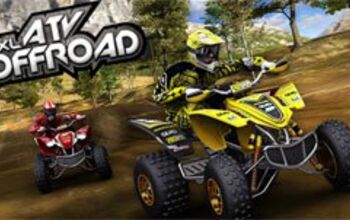
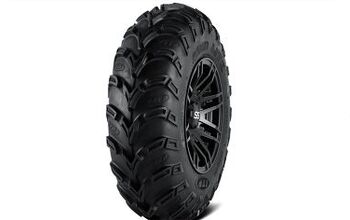
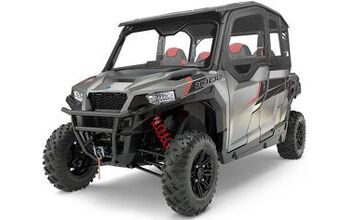





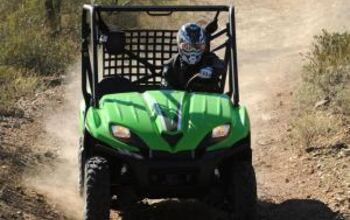

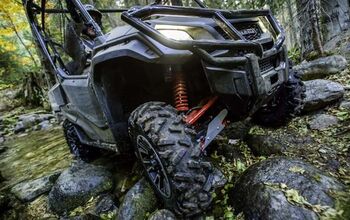
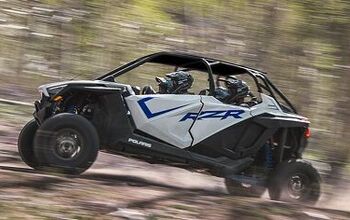
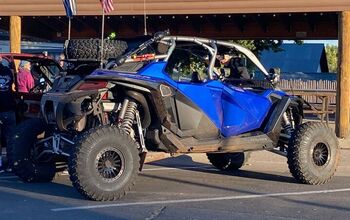
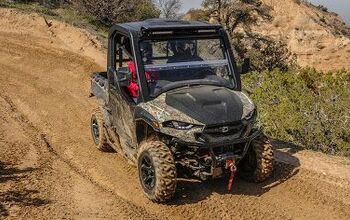
Comments
Join the conversation